Leigh Disease Life Expectancy
Leigh disease life expectancy. Leighs disease life expectancy depends on the cause of Leigh syndrome in each person most do not survive past mid-childhood or adolescence 35. Leigh disease in general is estimated to affect 1 in 36000-40000 live births. The seizure left her with a neurological disorder and partially paralysed down her left side but she stabilised and pulled through.
Life expectancy for children diagnosed with Leigh syndrome usually exceeds no more than two or three years. Individuals who lack mitochondrial complex IV activity and those with pyruvate dehydrogenase deficiency tend to have the worst prognosis and die within a few years. Leighs disease therefore damages tissue of the nervous system causing neurological problems particularly with motor control.
Those diagnosed with Leigh-like syndrome or who did not display symptoms until adulthood tend to live longer. Defects in this gene are a cause of Leigh syndrome a severe neurological disorder that is commonly associated with systemic cytochrome c oxidase deficiency and Charcot-Marie-Tooth disease. Leigh syndrome is a severe neurological disorder that usually becomes apparent in the first year of life.
Four dogs presented with neurological deficits before the age of 1 year 7-11 months and one animal at 25 years old. Leigh syndrome in adolescents or adults may occur in people who have Leigh syndrome who survive into adulthood in people with a late onset of symptoms or in people who experience spontaneous recovery. Some researchers estimate that as many as 30 of Leigh disease patients are MILS.
Unfortunately due to the neurodegenerative nature of the disease the most severe patients living with Leigh disease are often only given a life expectancy of two to three years after their diagnosis. The prognosis for individuals with Leighs disease is poor. Leigh syndrome life expectancy.
This condition is characterized by progressive loss of mental and movement abilities psychomotor regression and typically results in death within two to three years usually due to respiratory failure. A very small number of individuals with Leigh syndrome live beyond 10 years of age. The exact incidence of NARP syndrome MILS and mitochondrial disorders in the general population is unknown.
The outlook for someone who suffers from Leighs Disease is not good. Some patients suffer from slower progressing symptoms and others although rarely do.
Leighs disease life expectancy depends on the cause of Leigh syndrome in each person most do not survive past mid-childhood or adolescence 35.
NARP syndrome is estimated to occur in 1 in 12000 births. The seizure left her with a neurological disorder and partially paralysed down her left side but she stabilised and pulled through. The onset of the disease is usually in the first year of life. Those diagnosed with Leigh-like syndrome or who did not display symptoms until adulthood tend to live longer. Those with partial deficiencies have a better prognosis and may live to be 6 or 7 years of age. NARP syndrome is estimated to occur in 1 in 12000 births. Leighs syndrome is an inherited disorder and causes severe problems in the brain and nervous system such as epilepsy. Defects in this gene are a cause of Leigh syndrome a severe neurological disorder that is commonly associated with systemic cytochrome c oxidase deficiency and Charcot-Marie-Tooth disease. Surfeit locus protein 1 is a protein that in humans is encoded by the SURF1 gene.
A genetic disorder that causes Leighs disease can be inherited in three different ways. The protein encoded by SURF1 is a component of the mitochondrial translation regulation assembly intermediate of cytochrome c oxidase complex which is involved in the regulation of cytochrome c oxidase assembly. Depending on the defect individuals typically live anywhere from a few years to the mid-teens. Four dogs presented with neurological deficits before the age of 1 year 7-11 months and one animal at 25 years old. Leigh syndrome is a severe neurological disorder that usually becomes apparent in the first year of life. Leighs disease is an inherited metabolic disorder that damages the central nervous system brain spinal cord and optic nerves. Leigh syndrome life expectancy.


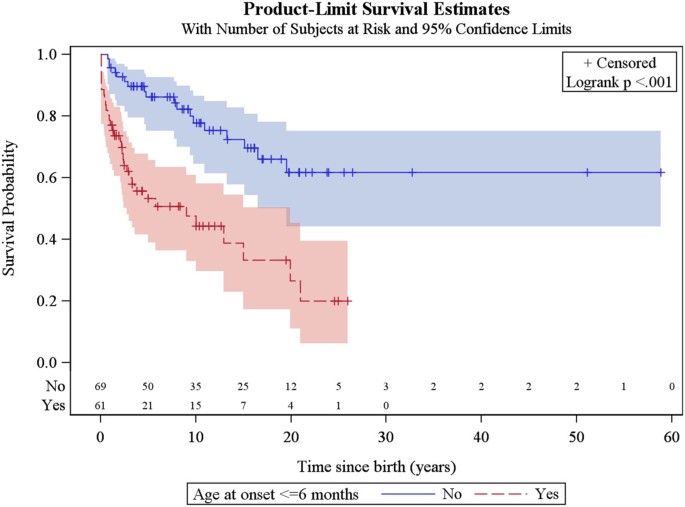
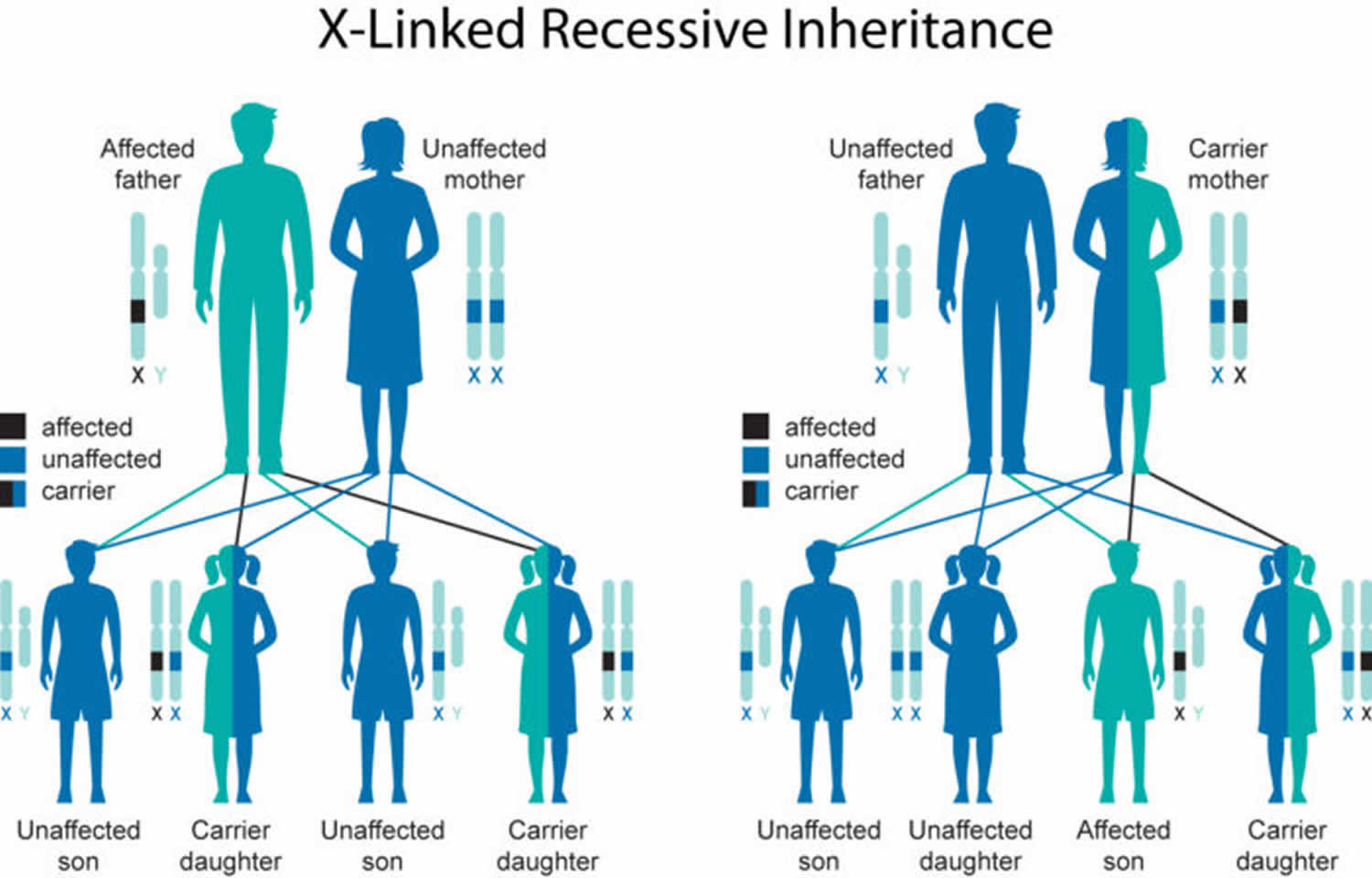









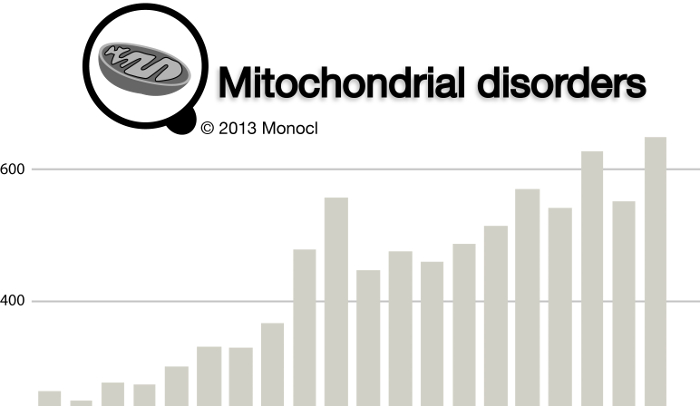



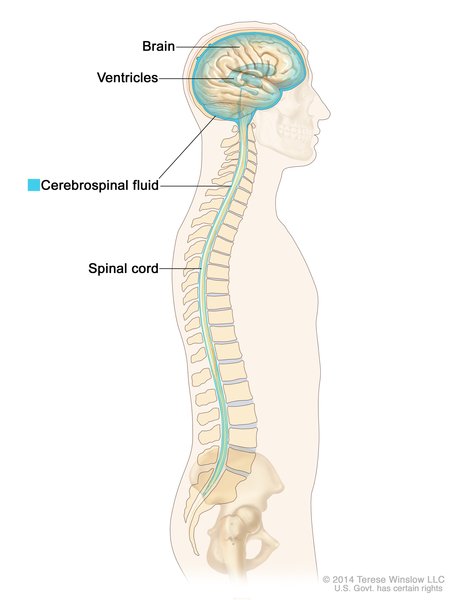
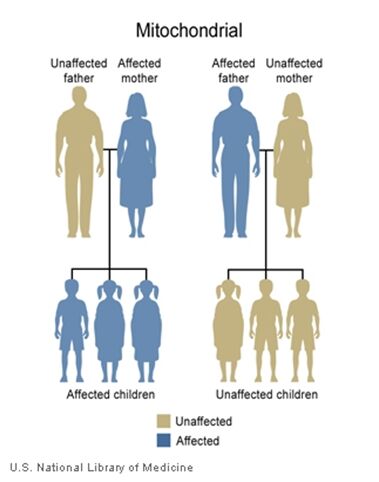







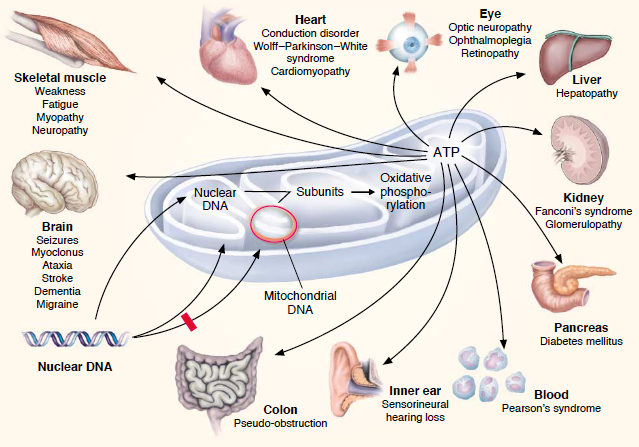

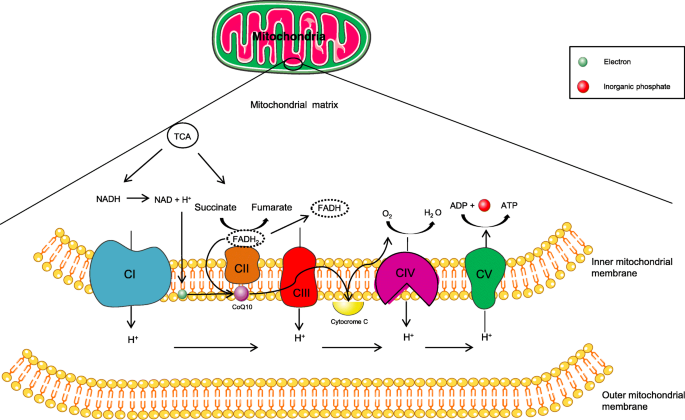









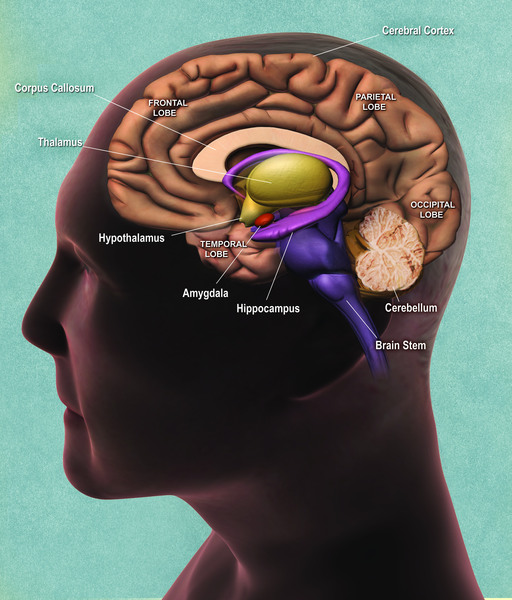

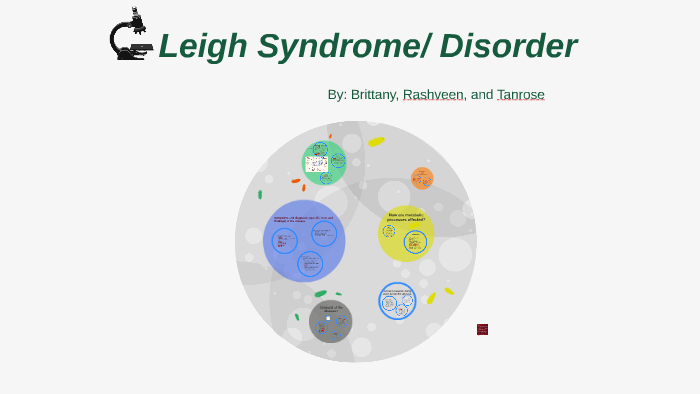






Post a Comment for "Leigh Disease Life Expectancy"